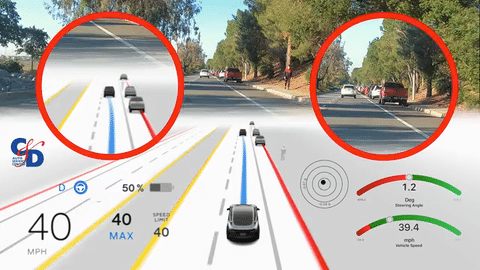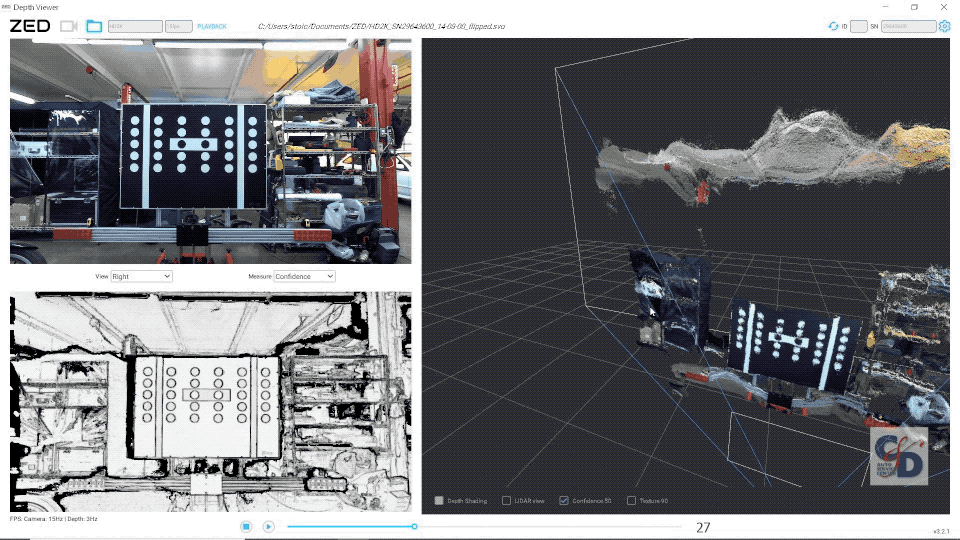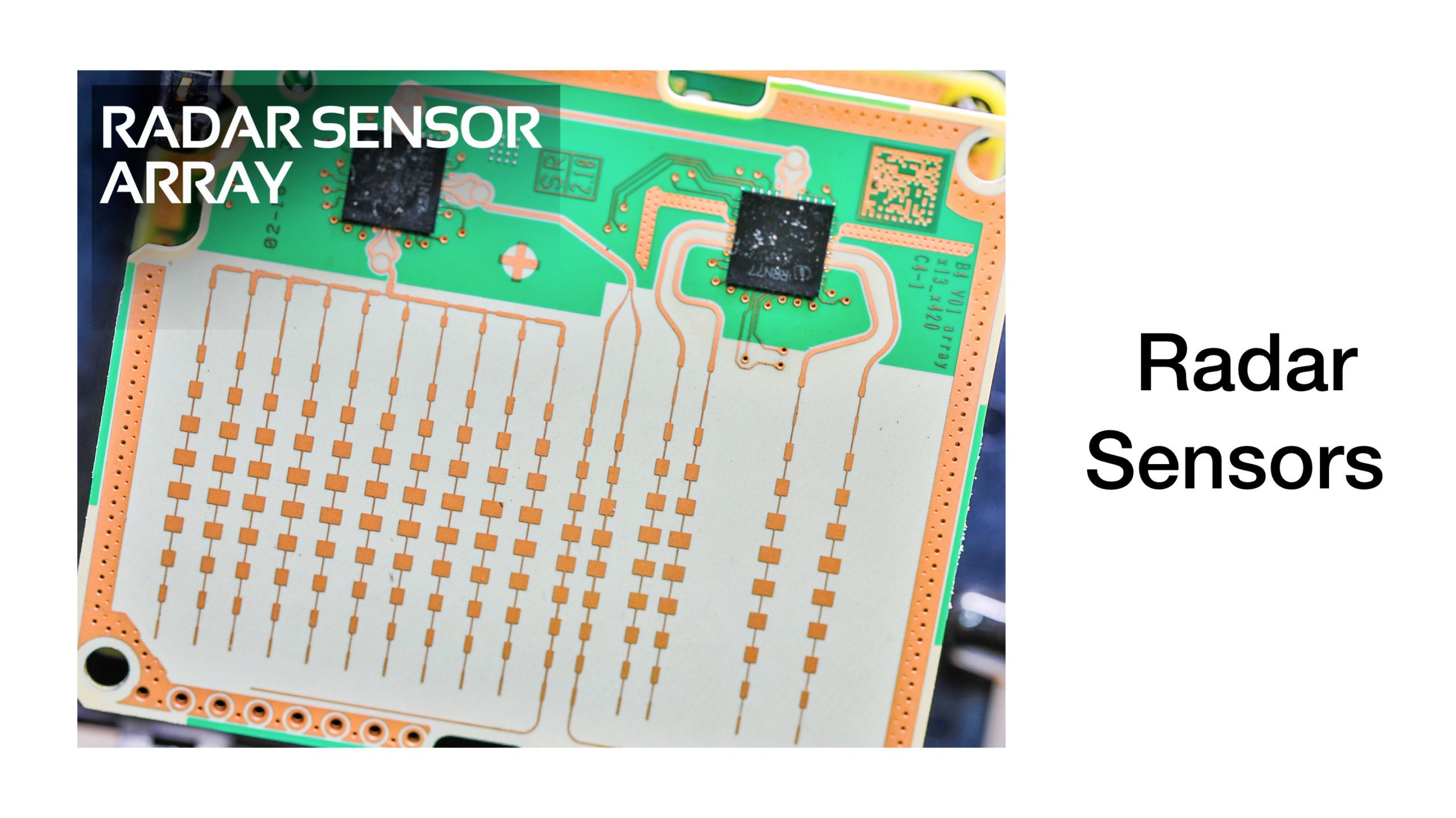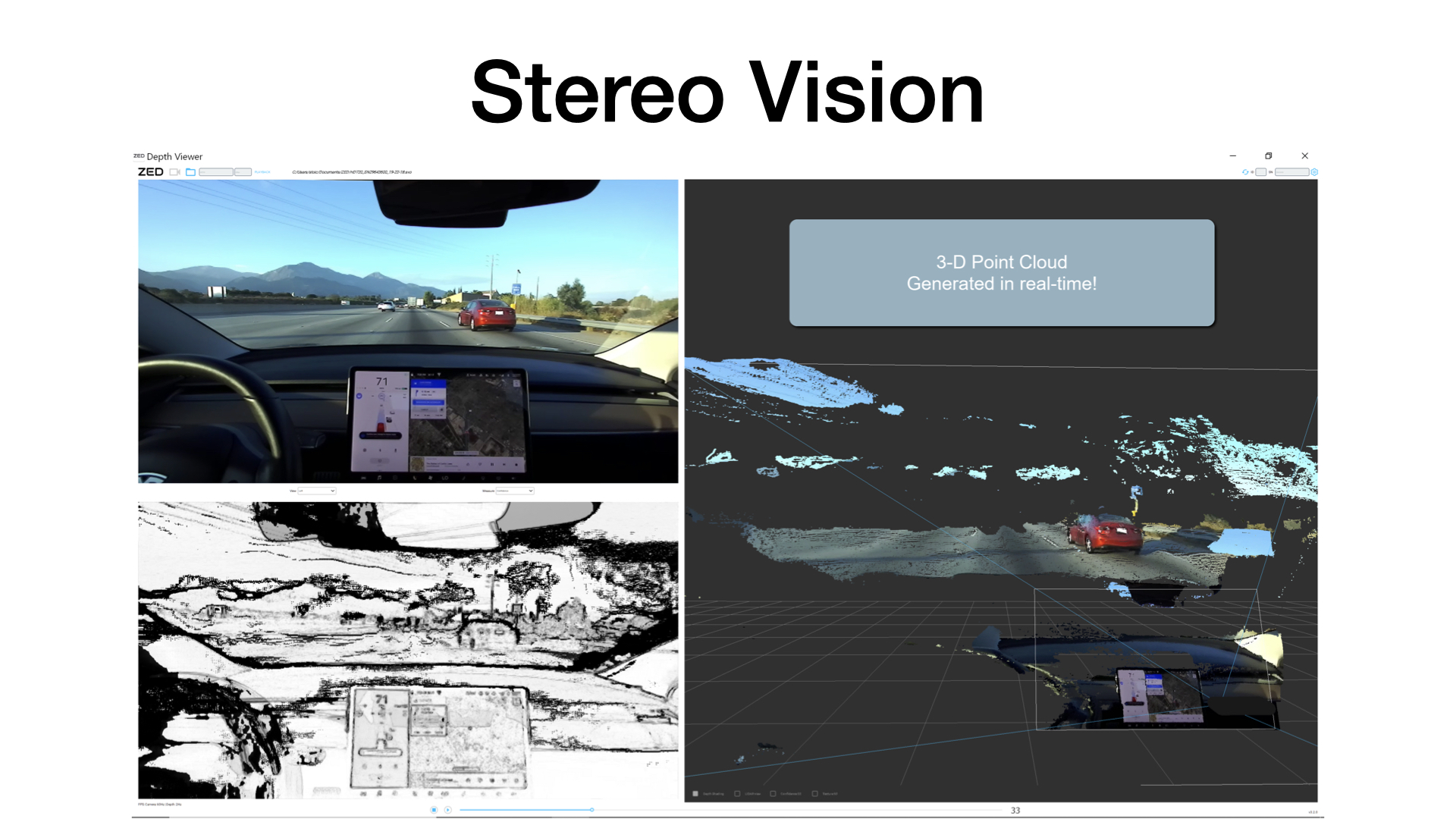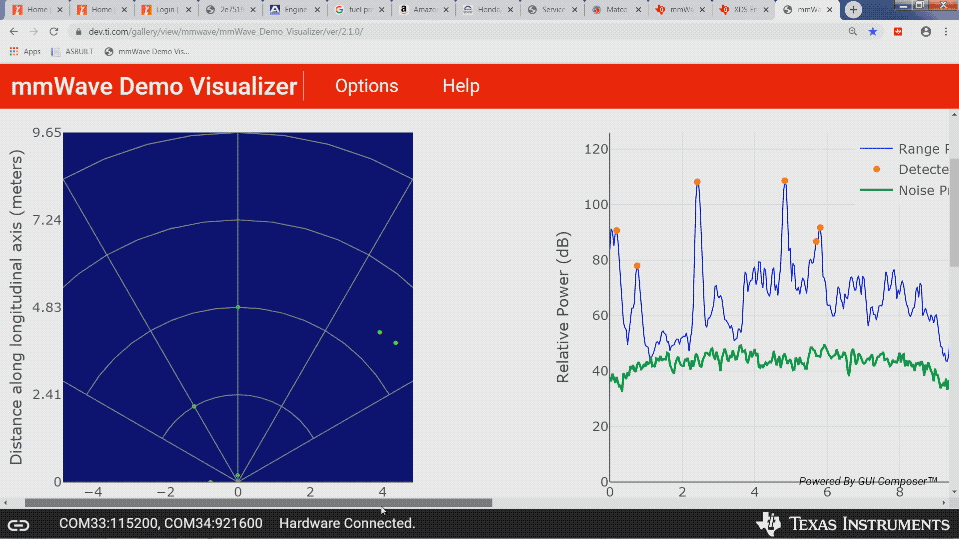ADAS Service Training & Calibration Services
Connie & Dick’s Owner, Scott Brown has partnered with AESwave.com and is providing hands-on Advanced Driver Assistance Systems training for their customers at the C&D facility.
Service training includes restricted access to an extensive training video to be consumed prior to attending the full-day hands-on service training course.
Training is offered at no charge for customers purchasing ADAS support tool systems from AESwave.com. (1)
The private session is typically held on a Saturday and runs from 9:00 am to 5:00 pm.
Students will receive an in-depth overview of machine vision perception systems including live demonstrations of an AI computer using cameras to detect and classify objects. We will also demonstrate RADAR and LiDAR and the various tools that can be used by engineers to help the vehicle systems navigate complex environments which enable them to intelligently understand and deal with objects residing in the world coordinates around the vehicle. A great part of the session will be performing hands-on calibration procedures, failure analysis, case studies, and diagnostics on late-model vehicles. We will also cover Toyota Motor Corporation vehicles by covering VCH and RoB and how Techstream can be used to access historic vehicle information including image sequence recordings. Additionally, we will discuss best practices and workflow documentation processes.
The calibration service routines performed during training are the same services typically required following services such as windshield replacement, wheel alignment & suspension repair, tire size changes, collision repair, and service events where major vehicle disassembly is required.
The forward-facing camera (FFC) which typically supports functions such as LKAS, LTA, LDW, ACC may require either a static or dynamic calibration routine to be carried out. Radar sensors which are used to support various ADAS features such as AEB, ACC, RCTA, BSM, and more, may also require similar calibration procedures.
If you would like to know more about this offering from AES,
please call 877-351-9573
(1) Conditions apply, contact AESwave for more details.
LKAS – Lane Keeping Assist System
LTA – Lane Tracing Assist
LDW – Lane Departure Warning
ACC – Adaptive Cruise Control
AEB – Automated Emergency Braking
RCTA – Rear Cross Traffic Alert
BSM – Blind Spot Monitoring
VRU – Vulnerable Road Users
NOA – Navigate On Autopilot
RADAR – RAdio Detection And Ranging
LiDAR – Light Detection and Ranging
SONAR – SOund Navigation And Ranging
VCH – Vehicle Control History
RoB – Record of Behavior


